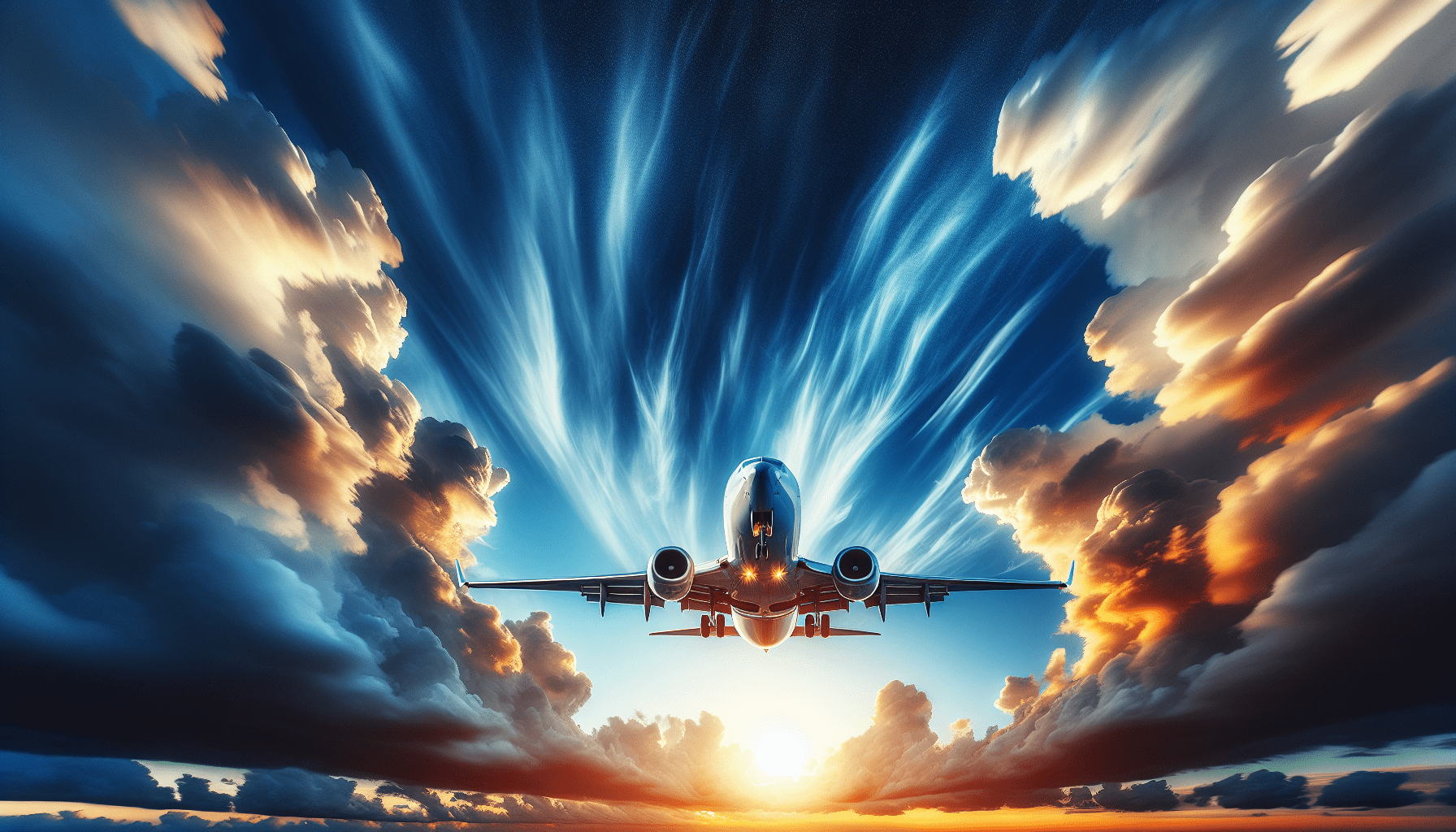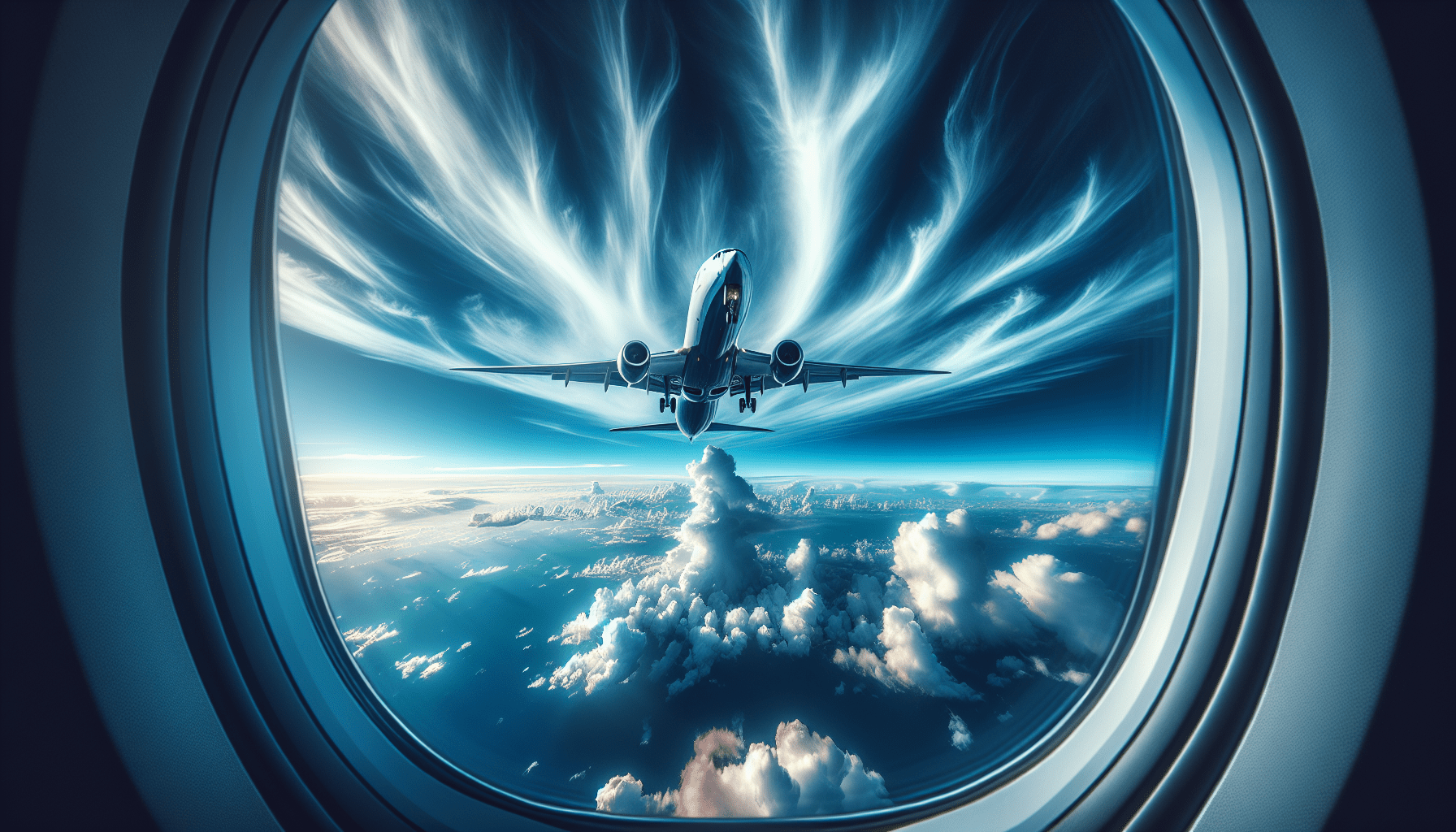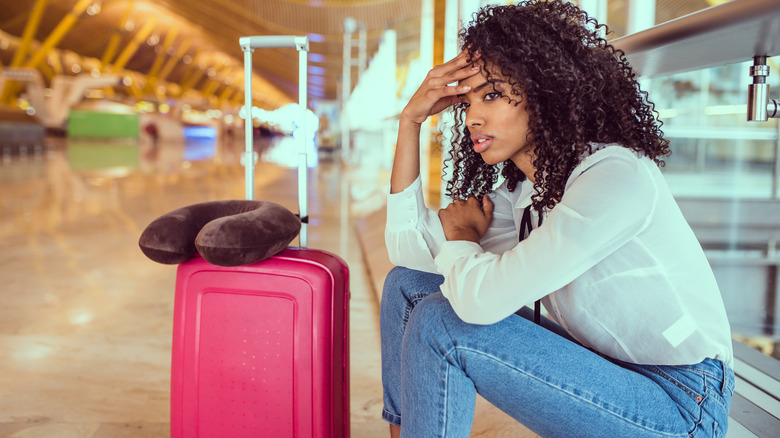TUMELLA Strongest Windproof Travel Umbrella (Compact, Superior & Beautiful), Small Strong but Light Portable and Automatic Folding Rain Umbrella, Durable Premium Grip, Fits Car & Backpack
$19.91 (as of November 20, 2024 15:23 GMT +00:00 - More infoProduct prices and availability are accurate as of the date/time indicated and are subject to change. Any price and availability information displayed on [relevant Amazon Site(s), as applicable] at the time of purchase will apply to the purchase of this product.)When you’re on a plane and it dips right after takeoff, giving you that spine-chilling, sinking feeling, don’t be alarmed! This is a common experience that can make even seasoned travelers uneasy. An airline pilot, @jimmy_nicholson, explains that this sensation happens because, after reaching a certain altitude, pilots reduce the engine’s thrust and adjust the flaps on the wings. This process can make it seem like the plane is dropping, but rest assured, it’s just the aircraft stabilizing. Your body is simply reacting to the change in momentum, much like a roller coaster ride. So next time you fly, remember that this “dip” is perfectly normal and part of the standard procedure—you’re safely climbing to your cruising altitude. Have you ever been on a plane that just took off, and suddenly you felt a dip, almost as if the aircraft was about to fall back to Earth? If this phenomenon sends shivers down your spine or gets your heart racing, you’re not alone. This article will explore why planes dip shortly after takeoff, giving you that terrifying sinking feeling and what it means for your safety.

Shop These Accessories for a Comfortable Trip
What Happens During Takeoff
Understanding the mechanics of takeoff can demystify that unsettling dip you feel after the plane leaves the runway.
The Basics of Takeoff
When a plane takes off, it requires a tremendous amount of thrust to lift off the ground. Initially, the aircraft maintains a high speed and a steep angle to ascend quickly. This aggressive climb helps the plane to reach a safe altitude promptly, especially important in congested airspaces near airports.
Climbing to a Safe Altitude
Once the plane reaches a safe altitude, the pilots adjust the thrust and aerodynamics to stabilize the aircraft. This stabilization is where the “dip” sensation often occurs, but rest assured, it’s part of the standard procedure.
The Science Behind the Dip
Let’s delve deeper into why you feel that awful sinking feeling.
Reduction in Thrust
After reaching a certain altitude, pilots reduce the thrust to transition from a climbing phase to a cruising phase. This reduction is necessary because maintaining the initial high thrust isn’t efficient or safe for prolonged periods.
Adjusting Wing Flaps and Slats
Along with reducing thrust, pilots adjust the wing flaps and slats. These changes reduce the wing’s surface area, decreasing lift temporarily. This maneuver is vital for the plane’s stability but can result in a momentary dip sensation.
Your Body’s Reaction
Physiologically, your body is still catching up with the new momentum. The change in thrust and lift results in a sensation that feels like a drop, even though the plane is still ascending—just not as rapidly.
Shop These Accessories for a Comfortable Trip
Noise Reduction Measures
Noise pollution laws significantly affect how pilots handle aircraft during takeoff. Let’s examine this aspect.
Legal Requirements and Noise Pollution
Airports near residential areas have strict regulations to minimize noise pollution. High levels of aircraft noise can cause sleep disorders, cognitive issues in children, and other health problems for nearby residents.
How Pilots Comply
To comply with these regulations, pilots often reduce thrust earlier than they might otherwise. This early thrust reduction contributes to the dip but is necessary to mitigate noise pollution.
Example: John Wayne Airport
John Wayne Airport is a prime example where pilots have to manage noise levels meticulously. The thrust is lowered significantly right after takeoff to avoid disturbing the people on the ground.
Different Aircraft, Different Experiences
Not all planes are created equal. The type of aircraft can influence the post-takeoff sensation.
Noisier Aircraft
Older or larger aircraft tend to be noisier and might require more significant thrust reductions, amplifying the dip sensation for passengers.
Advanced Models
Modern aircraft, equipped with better aerodynamics and noise-cancelling technologies, might produce a less noticeable dip. However, some level of sensation is almost always present.

Should You Be Worried?
Understanding that the dip is normal can go a long way in alleviating your fears.
Safety First
The post-takeoff dip is a part of routine operations and is entirely safe. Despite the unsettling sensation, the plane continues its ascent and is not in any danger of falling out of the sky.
Your Psychological Response
Your brain interprets the sudden change in momentum as a drop, which triggers that stomach-churning fear. But knowing that this is an expected part of flight procedures can help you stay calm.
Tips for Nervous Flyers
If the post-takeoff dip makes you anxious, consider applying some psychological strategies to manage your fear. For instance, deep breathing techniques can help in calming your nerves. Also, keeping yourself distracted through reading, listening to music, or engaging in a conversation can be beneficial.
Summary Table: Why Planes Dip After Takeoff
Here’s a quick overview to help summarize the critical points of why planes dip after takeoff:
| Factor | Explanation |
|---|---|
| High Initial Thrust | Maintains high speed during takeoff until reaching a safe altitude. |
| Thrust Reduction | Necessary transition from climbing to cruising phase, leading to a temporary “dip.” |
| Wing Flap and Slat Adjustment | Reduces lift temporarily, contributing to the dip sensation. |
| Noise Reduction Measures | Thrust lowered to comply with noise pollution laws, adding to the sensation. |
| Aircraft Type | Older/noisier aircraft may experience a more pronounced dip. |
| Safety | Reduction and adjustments are standard procedures and safe. |
Conclusion
Next time you’re on a flight and feel that heart-dropping dip after takeoff, remember that it’s a routine part of aviation designed for safety and efficiency. Understanding the factors contributing to this sensation can replace anxiety with reassurance. So sit back, relax, and enjoy your flight!
Your Next Steps
- Stay Informed: Knowledge is power. The more you understand about flying, the less anxious you’ll be.
- Practice Relaxation Techniques: Deep breathing, mindfulness, and distraction can help mitigate your fears.
- Consult Professionals: Don’t hesitate to talk to a psychologist specializing in fear of flying if your anxiety is severe.
By equipping yourself with information and techniques to manage anxiety, flying can become a much more pleasant experience. Safe travels!
Shop These Accessories for a Comfortable Trip






